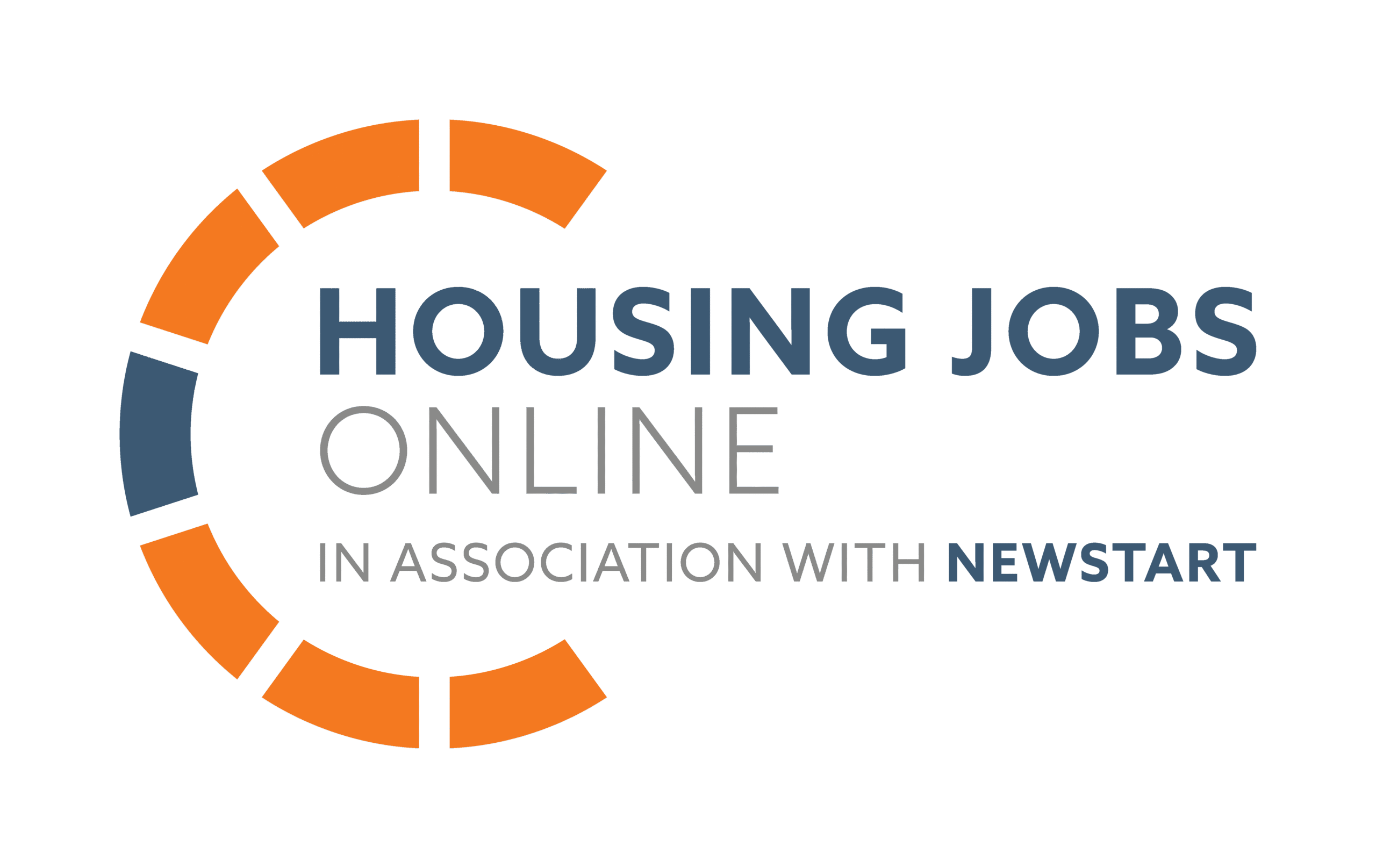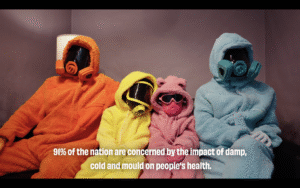Almost thirty percent of council funding is now being spent on children’s social care services – near double the amount compared to 2011/12, according to a new report.
Analysis by Sigoma – the organisation representing 47 urban local authorities in the northern, midlands and south-coast regions of England – of children’s social care services spend data found that the average Sigoma member now spends 29% of its core spending power on children’s services, compared to just 15% in 2011/12.
Across all England’s upper tier councils, the average is now 27% – up from 14% in 2011/12.
While this trend is impacting all social care authorities, the poorest areas have seen the most significant increases. Since 2011/12, the most deprived 10% of authorities have seen spending on children’s services more than double as a proportion of spending power, from 15% to 31%. This is higher than the national average and the rate for the least deprived 10% of councils, which saw a rise from 12 to 23%.
Blackpool, the most deprived local authority in England, has seen a trebling in the proportion of spend, from 15% to 45%.
The news comes as separate data shows the number of children looked after by local authorities was at a record level, up by a quarter since 2011/12.
The significant rise in children’s services spend is causing more councils to be at risk of issuing Section 114 notices – effectively declaring themselves insolvent.
Sigoma chair Sir Stephen Houghton said: ‘These figures, published by the government, reveal the significant pressures councils across the country are now facing, spending almost a third of their spending power on children’s services, a figure that has been rapidly rising over the last decade.
‘The market for children’s services is broken, and our members are telling us that some specialist placements for the most vulnerable children can cost as much as £1m per annum, with many costing between £250k and £750k. As more and more funding is being spent on social care there is less funding for the preventative services that can save money in the long-term, and the other services that residents value most.
‘These demand-led pressures are leaving councils financially stretched and at breaking point.’
The chancellor’s Autumn Statement offered no significant funding increase for councils, instead using up the government’s fiscal ‘headroom’ on tax cuts and storing up further public spending cuts down the line.
Image: Sandy Millar
Only two Yorkshire councils are set to spend beyond budgets this year, research shows
101 councils have failed to begin projects supported by Levelling Up fund
















Leave a Reply